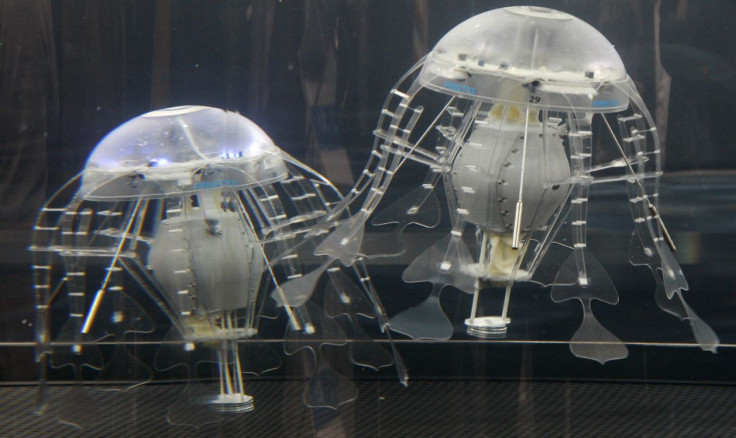Robotic tentacle may wend its way to factories, homes soon

Robotic technologies continue to create a stir. Leading German supplier of automation technology Festo has devised a robotic tentacle that can conveniently grasp smooth objects or pass them on to a person’s hands.
Two mechanisms comprise the soft gripper which is a suitable addition to futuristic homes. There is the silicone tentacle that is pneumatically driven. That means that when air is pumped into it, it curls inward to ensconce whatever item it is placed around. Then, there are two rows of suction cups, which can deform to accommodate unusually shaped objects.
The innovation dubbed the OctopusGripper is like an octopus that is very flexible and can adapt the surface structure of its body to the ground underneath. The automaton modeled after nature meets the strict criteria for a soft robotics component.
The device works well in grasping smooth, curved objects such as balls, bottles, metal cylinders or rolled-up magazines. For now, most robots tend to find it difficult to grasp irregularly shaped and slippery objects. The OctopusGripper is expected to wend its way to factories and homes soon.
The OctopusGripper may be referred to as a bionic "hand" that can hold, pick up and put down items using a combination of suckers and air. On its website, Festo describes the artificial tentacle as having elastic and deformable materials inside the structure. Hence, it “poses no danger to the user in direct contact.”
Unless you were among those unnerved by the alien creature called Calvin in the film “Life,” the OctopusGripper’s movements are not bound to creep out ordinary people. The innovation is touted to have huge potential for collaborative working spaces of the future.
The OctopusGripper by Festo is not the first “wriggly” robotic technology to come out. British firm OC Robotics has built a laser-toting serpentine arm to carve up decommissioned nuclear power hardware, MIT Technology Review cited. Robotic devices for undersea inspection are now also used.
In 2015, researchers from the Department of Electrical and Computer Engineering Iowa State University, in Iowa, USA conducted a study on microbiotic tentacles with spiral bending capability. The microtentacle is regarded as ideal for the future in vivo biomedical manipulation or surgery and endovascular operations. Soft robotic technology like the microrobotic tentacle lends itself well to medical applications because it cannot damage tissues or blood vessels.
As for the OctopusGripper, the robotic tentacle happens to be among the more dextrous robotic arms spotted. It is another good example of machines working alongside humans.




















